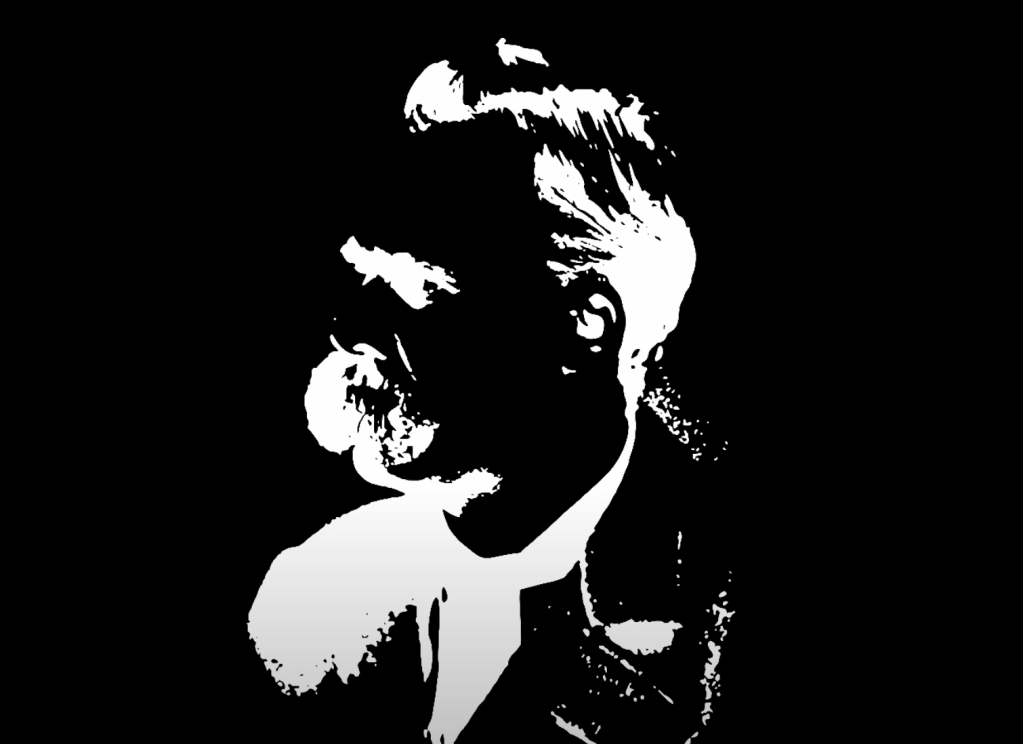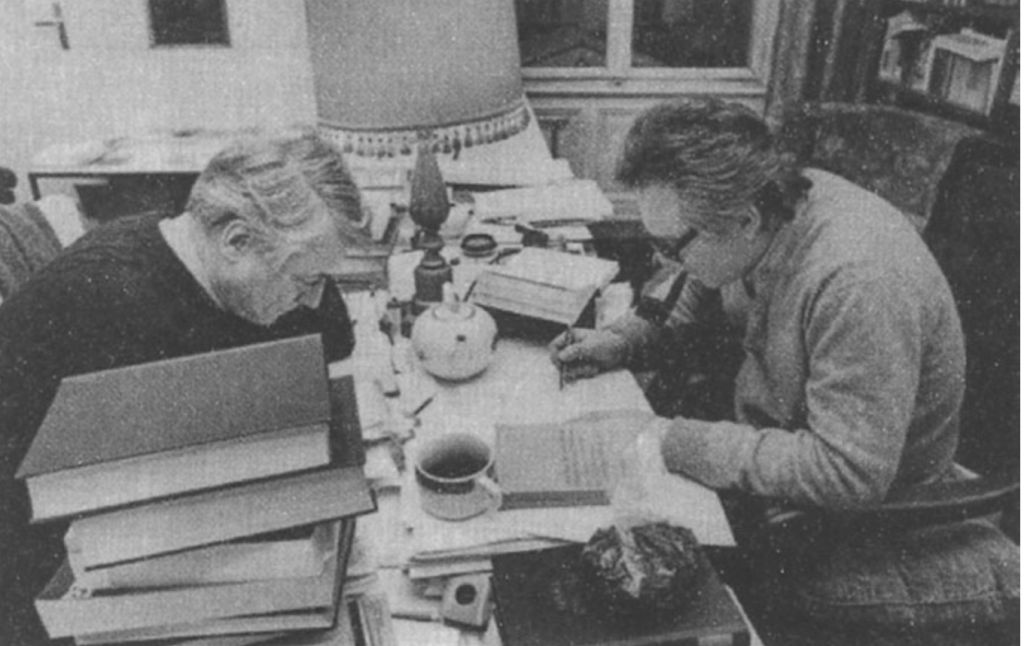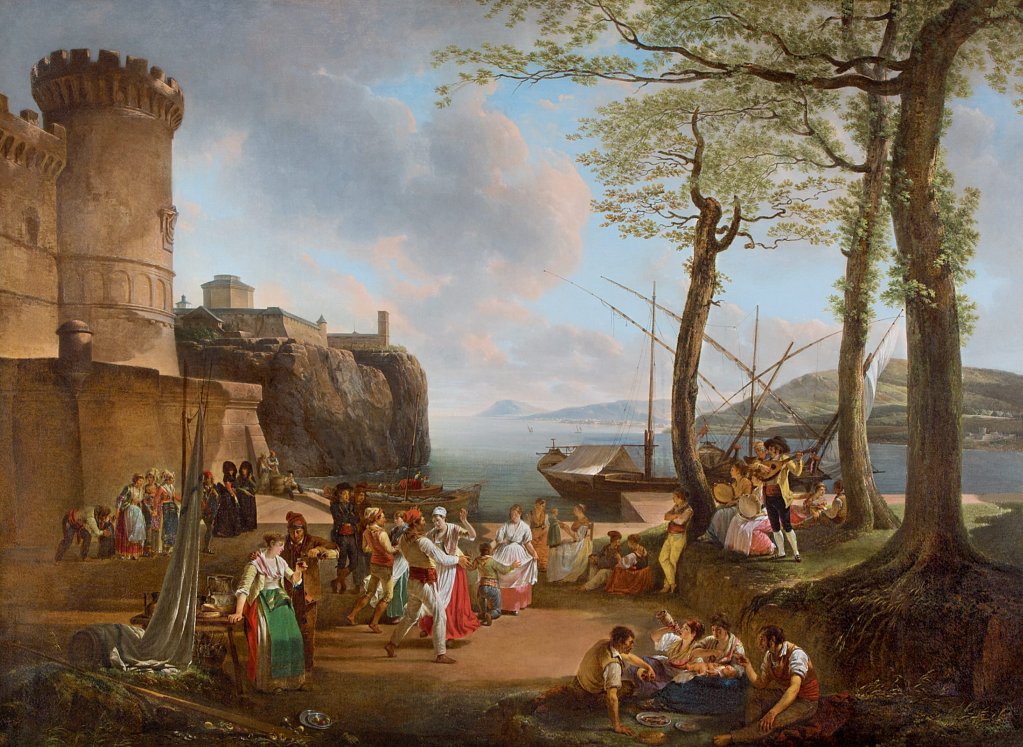One of the reasons that religion persists in human civilization is because it is able to incorporate what the anthropologist Victor Turner calls communitas into structure, or normal society. Turner is a philosophical anthropologist, and in his classic study The Ritual Process: Structure and Anti-Structure, he points out how the liminal or transitional experiences of rituals across different cultures and religions is something that can never find a home in what he calls structure. Structure is another word for hierarchy, order, authority and different cognitive forms of organizing human society. Anti-structure is what he calls communitas, a liminal and existential revolt against structure that seeks catharsis from the immunization of life and experience that structure imposes. Liminality is a transitional phase and existential position of the subject. While I recognize that the concept of liminality is limited in that it understands human action from an existential/phenomenological position and ignores the way in which material conditions determine action, I find the larger dialectic between communitas and structure to be interesting.
In my dissertation, I examine how in today’s global capitalist empire, there are four ways in which structure limits communitas, however, I tend to de-limit the role of religion and communitas. I am convinced that today’s religious communities are almost fully absorbed by structure and thus experience communitas in ephemeral liminal rituals. In other words, liminality is not institutionally integrated in any meaningful sense, which is why religious communities that turn to literalist readings of scripture have literally no ability to find a balance or commensurate relation with the global capitalist empire.
The word ‘religion’, comes from the Latin relegere, which means to bind and to re-unite. Relegere seeks to connect that which negates life with that which affirms life. Religion thus sees itself as a way to escape the extreme form of annihilation that structure poses to life by partially incorporating this power of negation into its very edifice. But religion has become too integrated into the negative side, blurring its lines of differentiation with this structure.
In Christianity, the Christian is meant to be a stranger to the world, and this is meant to be a permanent condition of the Christian experience. But how can this command, which requires a turn to communitas and liminality be institutionalized? This question drives much of my research into the Middle Ages pre-capitalist peasant revolts and communities that formed on the margins of the dominant social order. Movements and communities such as the Cathars, the Johachites and the Waldensians were Apostolic movements seeking to create a radical communitas outside of all structure.
Importantly, the Mendicant orders of the Latin church such as the Dominicans and the Franciscans were deployed as a counter-measures to these movements. Some of the most radical were the Beghards or the men of the free spirit, who were later called the Brethren of the Free Spirit. The Brethren of the Free Spirit developed, for the first time, the doctrine of mystical anarchism, which posited that untrammelled freedom can be reached only when man lives a life indistinguishable from God and self. They believed that all things are common and that they are therefore eligible to steal. They purported to hold a six stage view of the soul. By the sixth stage, the soul had attained complete union with God and there was no distinction. At the highest point of this being, God is abandoned himself to himself.
If you’re interested in these movements, I’d recommend Norman Cohn’s, The Pursuit of the Millennium: Revolutionary Millenarians and Mystical Anarchists of the Middle Ages — an absolute must-read.



Leave a comment